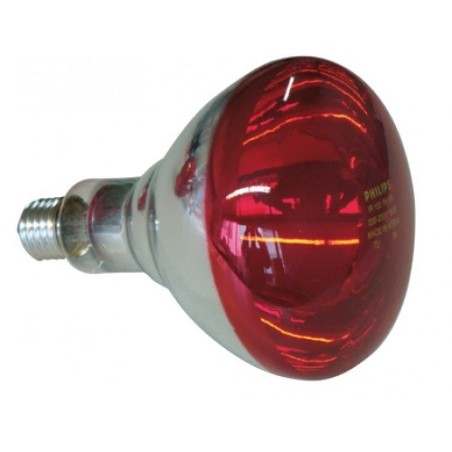The objective of this investigation was to determine the effect of a reduced nocturnal temperature (RNT) regimen on performance of weaned pigs and energy consumption during the nursery phase of production. Age of weaned pigs assigned to experiments ranged from 16 to 22 d.
In Exp. 1, 3 stations conducted two trials under a common protocol which provided data from 6 Control rooms (CON; 820 pigs) and 6 RNT rooms (818 pigs). Two mirror-image nursery rooms were used at each station. Temperature in the CON room was set to 30°C for the first 7 d then reduced by 2°C per week through the remainder of the experiment. Room temperature settings were held constant throughout the day and night. Temperature setting in the RNT room was the same as CON during the first 7 days but beginning the night of d 7, room temperature setting was reduced 6°C from the daytime temperature from 1900 to 0700 h. Use of heating fuel and electricity were measured weekly in each room. Overall ADG (0.43 kg), ADFI (0.62 kg), and G:F (0.69) were identical for CON and RNT rooms. Consumption of heating fuel (9,658 vs 7,958 Btu•pig-1•d-1) and electricity (0.138 vs 0.125 KWH•pig-1•d-1) were not statistically different for CON and RNT rooms, respectively.

In Exp. 2, 4 stations conducted at least two trials which provided data from 9 CON rooms (2,122 pigs) and 10 RNT rooms (2,176 pigs). Experimental treatments and protocols were the same as Exp. 1 except that the RNT regimen was imposed on the night of d 5 and the targeted nighttime temperature reduction was 8.3°C. Neither final pig weight (21.8 vs 21.5 kg; SE = 0.64), ADG (0.45 vs. 0.44 kg; SE = 0.016), ADFI (0.61 vs. 0.60 kg; SE = 0.019) nor G:F (0.75 vs. 0.75; SE = 0.012) were different for pigs housed in CON or RNT rooms, respectively. Consumption of heating fuel and electricity was consistently reduced in RNT rooms for all four stations. Consumption of heating fuel (10,019 vs 7,061 Btu•pig-1•d-1; SE = 1,467) and electricity (0.026 vs 0.021 KWH•pig-1•d-1; SE = 0.004) were lower (P < 0.05) in the RNT rooms compared with CON rooms. This represents a 30% reduction in heating fuel use and a 20% reduction in electrical use with no differences in pig growth performance or health.
From these experiments, we conclude that imposing a RNT regimen from 1900 to 0700 h is effective in reducing energy costs in the nursery without compromising pig performance which will reduce production costs and decrease emissions of greenhouse gases.
Johnston LJ, Brumm MC, Moeller SJ, Pohl S, Shannon MC, Thaler RC; Effects of Reduced Nocturnal Temperature on Pig Performance and Energy Consumption in Swine Nursery Rooms; J Anim Sci. 2013 jas.2012-5824; published ahead of print May 8, 2013, doi:10.2527/jas.2012-5824




